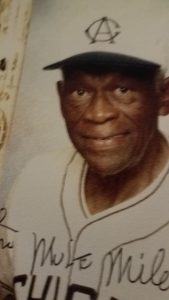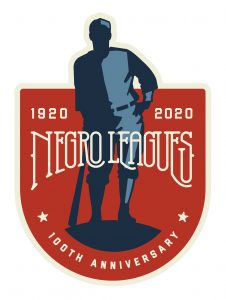With the 4th overall pick in the 2020 #MLBDraft, we’ve selected LHP Asa Lacy from Texas A&M. pic.twitter.com/cGHX1OGRLP
— Kansas City Royals (@Royals) June 10, 2020
Former San Antonio area high school standouts Asa Lacy and Jordan Westburg were selected Wednesday on the first round of the Major League Baseball Draft.
Lacy, a pitcher at Texas A&M who played in high school at Kerrville Tivy, emerged as the fourth overall choice by the Kansas City Royals.
Westburg, a shortstop at Mississippi State out of New Braunfels, was selected 30th overall by the Baltimore Orioles. The 30th pick was the first in MLB’s Competitive Balance Round A.
When the Royals announced Lacy, a hard-throwing left-hander, it signaled the continuation of a trend as the San Antonio area has now produced three picks in the top 17 over the last five drafts.
Forrest Whitley, a right-handed pitcher, was the No. 17 overall pick on the first round in 2016. He signed with Houston out Alamo Heights High School. Jung, who attended MacArthur and Texas Tech, was the eighth choice last year by the Texas Rangers.
The draft started under unprecedented circumstances, with both major league and minor league baseball shuttered because of the national health crisis.
MLB hopes to start an abbreviated season in July, pending resolution of a deal between the owners and the players.
The possibility of games being played in the minors, however, is likely a long shot as the nation struggles to regain its footing in the wake of the coronavirus pandemic.
Nevertheless, baseball forged ahead with the start of a five-round draft.
The Detroit Tigers picked slugger Spencer Torkelson of Arizona State first overall. Arkansas’ Heston Kjerstad, a former standout at Amarillo Randall High, went No. 2 to the Orioles. The Miami Marlins picked right-handed pitcher Max Meyer from the University of Minnesota at No. 3.
Others taken in the competitive balance round included: Baylor infielder Nick Loftin, by the Royals, with the No. 32 pick; also, Llano High School pitcher Justin Lange, by the San Diego Padres, with the 34th choice.
Loftin played in high school at Corpus Christi Ray.
Rounds 2-5 of the draft will be staged on Thursday at 4 p.m. (ESPN2). The Associated Press reports that 160 players will be selected.
According to the AP, undrafted players will need to wait until Sunday before they can sign with major league teams, and they can sign bonuses for no more than $20,000.
Rangers, Astros
The Rangers took second baseman Justin Foscue, from Mississippi State, at No. 14. The Astros won’t pick until No. 72 on the third round. They have been stripped of their first two choices as part of their punishment from baseball in the sign-stealing scandal.
First-round draft picks – San Antonio area
2020 – Pitcher Asa Lacy, Kerrville Tivy, fourth overall, out of Texas A&M, to the Kansas City Royals
2020 — Shortstop Jordan Westburg, New Braunfels, 30th overall, out of Mississippi State, to the Baltimore Orioles (competitive balance Round A).
2019 – Infielder Josh Jung, MacArthur, eighth overall, out of Texas Tech, to the Texas Rangers
2016 – Pitcher Forrest Whitley, Alamo Heights, 17th overall, out of high school, to the Houston Astros
2012 – Tyler Gonzales, Madison, 60th overall (supplemental first round), out of high school, to the Toronto Blue Jays
1997 – Third baseman Brandon Larson, Holmes, 14th overall out of LSU, to the Cincinnati Reds
1997 – Outfielder/first baseman Lance Berkman, New Braunfels Canyon, 16th overall out of Rice University, to the Houston Astros
1989 – Outfielder/first baseman Scott Bryant, Churchill, 20th overall out of the University of Texas, to the Cincinnati Reds
1984 – Pitcher Norm Charlton, Madison, 28th overall, out of Rice University, to the Montreal Expos
1980 – Catcher John Gibbons, MacArthur, 24th overall, out of high school, to the New York Mets
1973 – Infielder Pat Rockett, Lee, 10th overall, out of high school, to the Atlanta Braves


